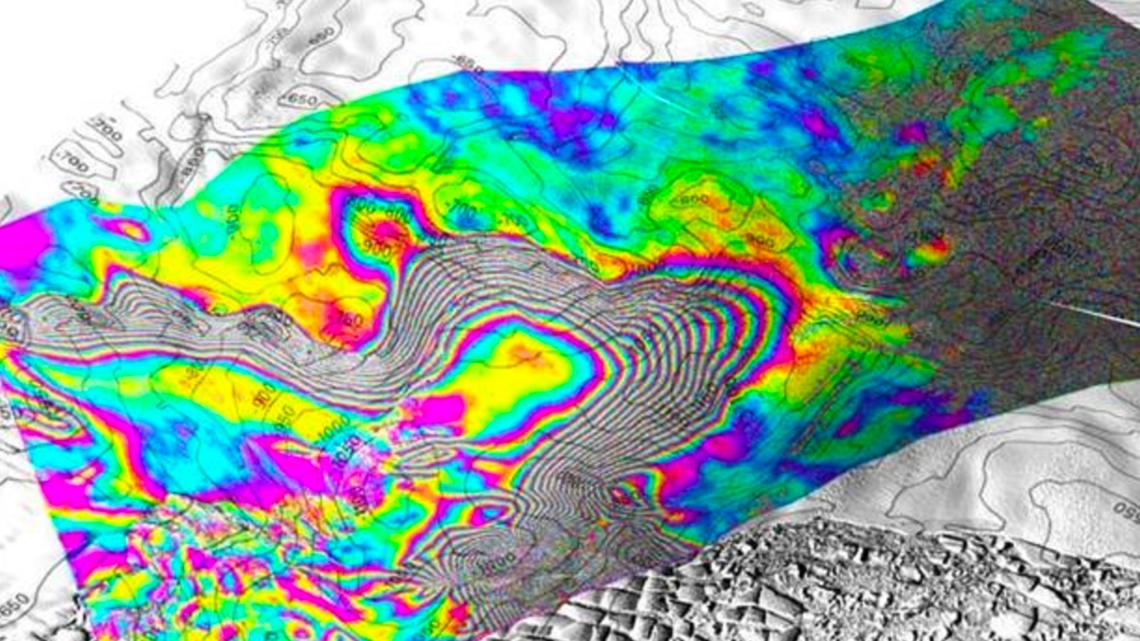ANTARCTICA, — The massive "doomsday glacier" known for its rapid destabilization is undergoing a "vigorous ice melt" that scientists say could reshape sea level rise projections.
In a new study, glaciologists from the University of California, Irvine, found that warm, high-pressure ocean water is seeping beneath West Antarctica's Thwaites Glacier, making it more vulnerable to melting than previously thought. The glacier is roughly 80 miles across, the widest on Earth. It packs so much ice that if it were to completely collapse, it could singlehandedly cause global sea levels to rise by more than two feet, according to the International Thwaites Glacier Collaboration, prompting its moniker as the "Doomsday Glacier."
The findings, published in Proceedings of the National Academy of Sciences, was used on data scientists gathered from March to June last year. It was previously difficult to "figure out what was happening" because of limited, sporadic data, UC Irvine professor and lead author Eric Rignot said. But using satellites, they were able to observe what was happening better than ever.
"We see the seawater coming in at high tide and receding and sometimes going farther up underneath the glacier and getting trapped," Rignot said.


The sea water is hitting the glacier at the base of its ice sheet and flowing through conduits and collecting in cavities, "creating enough pressure to elevate the ice sheet," Rignot said.
"There are places where the water is almost at the pressure of the overlying ice, so just a little more pressure is needed to push up the ice," he said. "The water is then squeezed enough to jack up a column of more than half a mile of ice."
As global temperatures continue to warm, that's also causing ocean currents to push warmer ocean water to Antarctica's shores which is saltier and has a lower freezing point. That difference in water is what has led to what researchers describe as a vigorous melt.
"Thwaites is the most unstable place in the Antarctic," study co-author Christine Dow said, estimating the equivalent sea level rise at 60 centimeters, or about 23.6 inches. "The worry is that we are underestimating the speed that the glacier is changing, which would be devastating for coastal communities around the world."
Dow said there's not yet enough information to know how much time there is before the saltwater intrusion is "irreversible," but that the researchers hope the new information will improve existing models make better predictions "for decades versus centuries."
"This work will help people adapt to changing ocean levels, along with focusing on reducing carbon emissions to prevent the worst-case scenario."



